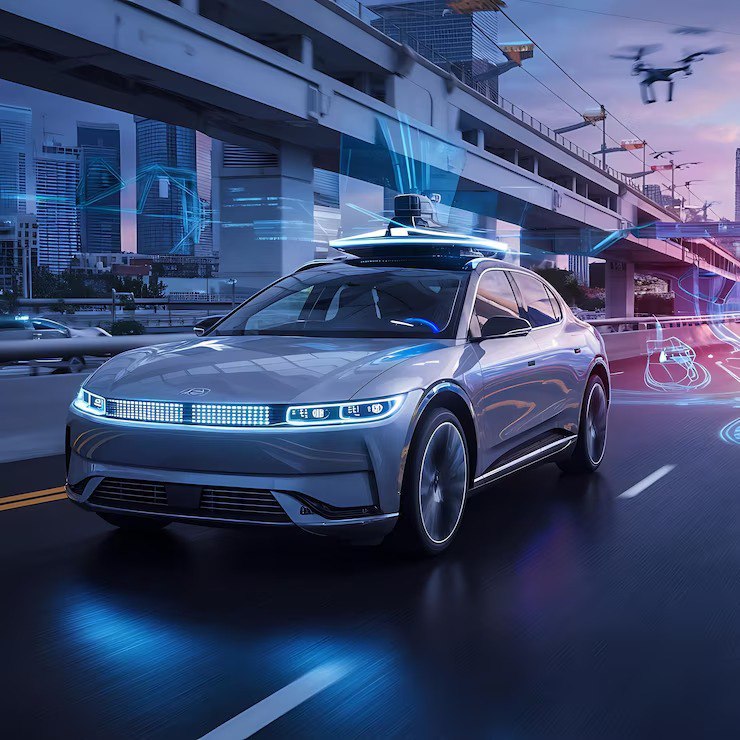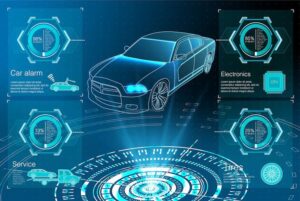Introduction
As vehicles become increasingly connected and autonomous, cybersecurity has emerged as a critical concern for automakers and suppliers. ISO/SAE 21434, the automotive cybersecurity engineering standard, plays a pivotal role in safeguarding modern vehicles against cyber threats. By integrating cybersecurity into every stage of the vehicle lifecycle, this standard ensures that manufacturers address vulnerabilities proactively. A compelling statistic highlights its relevance: by 2025, over 115 million connected cars are expected to be on the roads globally, exposing them to heightened risks of cyberattacks.
1️⃣ Understanding the Concept
ISO/SAE 21434 is a global standard developed collaboratively by ISO and SAE to address cybersecurity risks in road vehicles. It builds upon ISO 26262 (functional safety) but focuses specifically on cybersecurity engineering. The standard provides guidelines for defining policies, conducting risk assessments, and embedding cybersecurity measures throughout the product lifecycle—from concept to decommissioning.
A simple analogy is comparing ISO/SAE 21434 to a safety checklist for building a house: just as builders ensure structural integrity at every phase, automakers use this standard to integrate security into every stage of vehicle development.
2️⃣ Challenges & Risks
Modern vehicles face several cybersecurity challenges:
- Increased Connectivity: Features like Wi-Fi, Bluetooth, and LTE expose vehicles to potential cyber threats.
- Supply Chain Vulnerabilities: Risks arise from third-party software and hardware components integrated into vehicles.
- Complex Systems: Autonomous and semi-autonomous functionalities introduce new attack vectors.
Real-world incidents underscore these risks. For example, vulnerabilities in connected car systems have led to remote access attacks, compromising vehicle control and user safety.
3️⃣ Best Practices & Solutions
ISO/SAE 21434 emphasizes the following best practices:
- Security by Design: Embedding cybersecurity measures from the concept phase ensures robust protection throughout development.
- Risk Assessments: Identifying and mitigating vulnerabilities early using structured methodologies like Threat Analysis and Risk Assessment (TARA).
- Lifecycle Management: Maintaining security across all stages of the product lifecycle, including updates and decommissioning.
OEMs and suppliers must adopt these practices while fostering a “security-first” culture within their organizations.
4️⃣ Tools & Technologies
Key tools and technologies supporting ISO/SAE 21434 compliance include:
- Application Lifecycle Management (ALM): Modern ALM solutions provide traceability and transparency across engineering workflows.
- Penetration Testing: Rigorous testing ensures vulnerabilities are identified and mitigated before deployment.
- Virtual Security Operations Centers (vSOC): AI-driven vSOCs enable proactive threat detection and response.
These technologies enhance operational efficiency while reducing risks associated with connected systems.
5️⃣ Future Trends & Industry Outlook
The automotive industry is evolving rapidly:
- Regulatory Growth: New standards like AIS 189 in India complement ISO/SAE 21434 to strengthen cybersecurity frameworks globally.
- AI Integration: Autonomous systems powered by AI will require advanced security measures to counter emerging threats.
- Supply Chain Security: Ensuring end-to-end protection across supplier networks will be crucial for maintaining compliance.
Experts predict that adherence to ISO/SAE 21434 will become mandatory as governments worldwide enforce stricter regulations for connected vehicles.
Conclusion
ISO/SAE 21434 is more than a guideline; it is a foundational framework for ensuring the safety and reliability of modern vehicles. By integrating cybersecurity into every stage of the vehicle lifecycle, automakers can protect users from evolving threats while fostering trust in autonomous technologies. As connected cars dominate the roads, implementing ISO/SAE 21434 will be essential for staying ahead in the automotive industry.
Will automakers rise to the challenge of securing their vehicles against future cyber threats?
Keywords & SEO Tags
ISO/SAE 21434, Automotive Cybersecurity Standard, Connected Vehicles Security, Risk Assessment in Automotive Systems, Cybersecurity Lifecycle Management
References:
- https://www.nxp.jp/company/about-nxp/smarter-world-blog/BL-THE-AUTO-INDUSTRY-IS-TAKING-CYBERSECURITY




